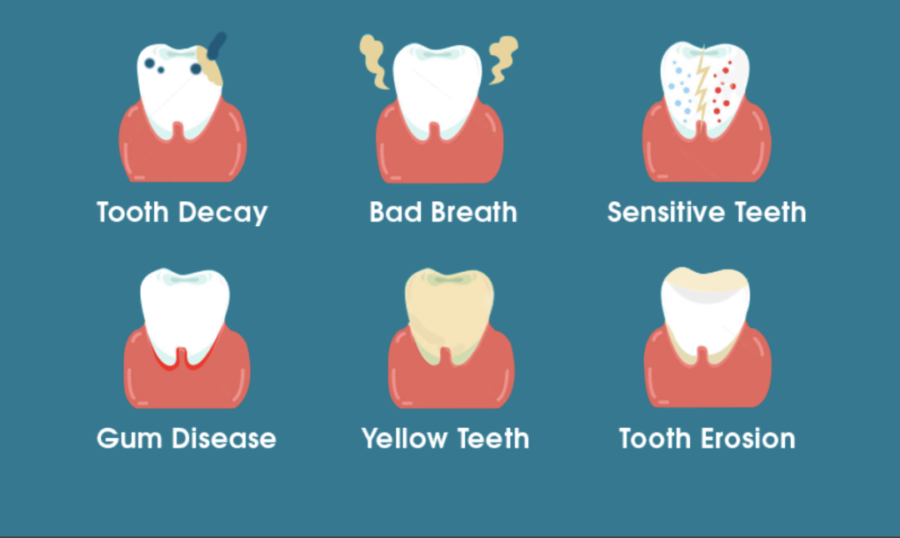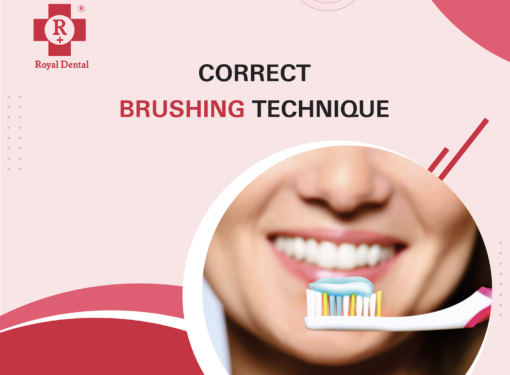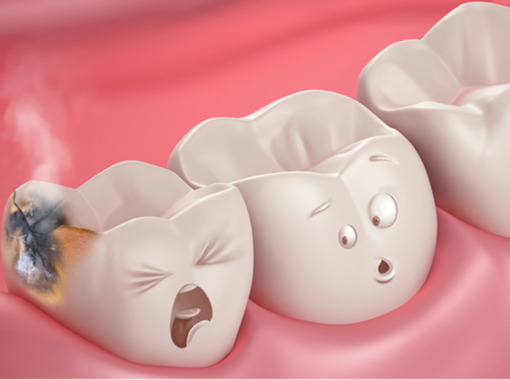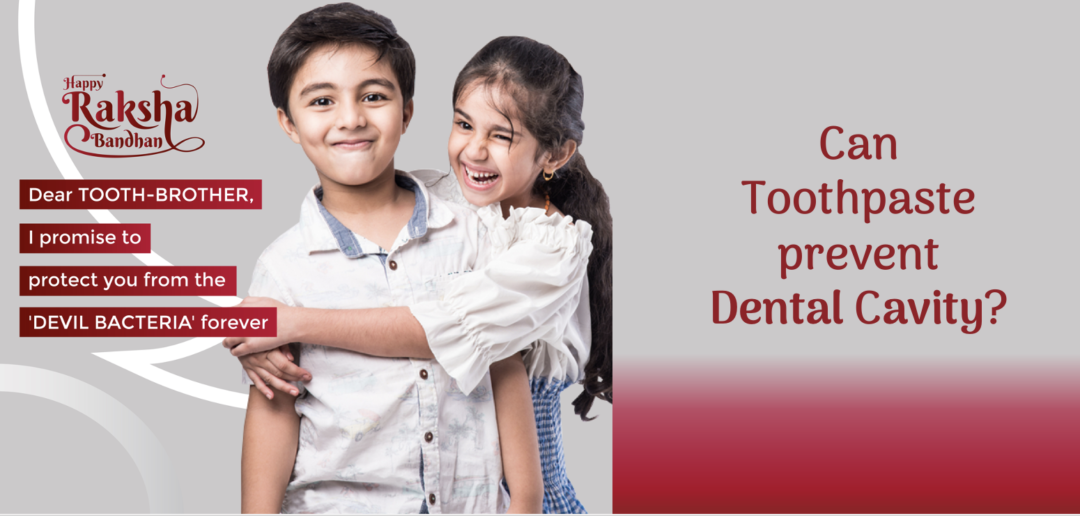Decay is the term used to describe when substances such as sugars, carbohydrates, and other complex chemicals break down and go bad. This typically occurs when these substances are exposed to moisture and a combination of different types of bacteria that thrive in moist environments. If you have ever eaten an apple and left the remnants on your desk for several days, you may have observed first-hand how quickly sugars can break down and go bad. While it’s not entirely understood why this process occurs from the inside out, scientists have been able to identify some primary risk factors that make some individuals more susceptible than others. If you want to know about why teeth decay from the inside – continue reading!
What are the risk factors for tooth decay?
There are a few key factors that influence the rate of tooth decay, as well as the severity of the disease should it progress to advanced stages. Some of the most significant risk factors include
Diet – A diet high in sugars and carbohydrates is one of the biggest risk factors. This is because carbohydrates are broken down into simple sugars that are readily absorbed into the bloodstream through the intestinal tract. These sugars subsequently appear in the saliva and act as a food source for bacteria.

Genetics – The rate of tooth decay is partly determined by genetics. People with certain gene mutations are more likely to experience tooth cavity than others.
Age – As we get older, our teeth become more susceptible to tooth decay. This is due to several factors, including reduced saliva production, changes in the immune system, and changes in the way we metabolize food.

Sugars and carbohydrates on tooth decay
Sugar molecules are the primary culprits when it comes to tooth cavity. A single teaspoon of sugar contains approximately 16 grams of carbohydrates. When these carbohydrates come into contact with the bacteria that are naturally present in the mouth, they are converted into lactic acid. Because the mouth is naturally low in minerals and rich in various types of carbohydrates, it’s almost like a perfect environment for bacteria to thrive.

That said, minerals such as calcium, phosphorous, and fluoride are necessary for building and maintaining strong teeth. This can lead to tooth decay as well as a condition called dental erosion. During our very first dental visits as children, we are warned about the effects of sugar on our teeth. While this is part of keeping our teeth healthy, there are other factors as well.
Anytime we eat or drink, we are changing the pH balance in our mouths. When we ingest anything besides water, we are causing a chain reaction. Our mouth becomes acidic and our oral pH drops. When we chew our food, our digestive process begins. The acids that break down what we are eating and drinking also can dissolve minerals from our teeth’ enamel.

The pH in our mouth determines what sorts of things can thrive there. A higher pH means microbes that are generally healthy for our teeth, and low pH creates bacteria and microbes that typically cause cavities. What we eat is only part of the puzzle; how we eat is also a factor.
Risk factors with tooth decay
- Tooth location. Decay most often occurs in your back teeth (molars and premolars). These teeth have lots of grooves, pits and crannies, and multiple roots that can collect food particles. As a result, they’re harder to keep clean than your smoother, easy-to-reach front teeth.
- Certain foods and drinks. Foods that cling to your teeth for a long time — such as milk, ice cream, honey, sugar, soda, dried fruit, cake, cookies, hard candy and mints, dry cereal, and chips — are more likely to cause decay than foods that are easily washed away by saliva.
- Frequent snacking or sipping. When you steadily snack or sip sugary drinks, you give mouth bacteria more fuel to produce acids that attack your teeth and wear them down. And sipping soda or other acidic drinks throughout the day helps create a continual acid bath over your teeth.
- Bedtime infant feeding. When babies are given bedtime bottles filled with milk, formula, juice or other sugar-containing liquids, these beverages remain on their teeth for hours while they sleep, feeding decay-causing bacteria. Similar damage can occur when toddlers wander around drinking from a sippy cup filled with these beverages.
- Inadequate brushing. If you don’t clean your teeth soon after eating and drinking, plaque forms quickly and the first stages of decay can begin.
- Not getting enough fluoride. Fluoride, a naturally occurring mineral, helps prevent cavities and can even reverse the earliest stages of tooth damage. It’s also a common ingredient in toothpaste and mouth rinses. But bottled water usually does not contain fluoride.

- Younger or older age. In the United States, cavities are common in very young children and teenagers. Older adults also are at higher risk. Over time, teeth can wear down and gums may recede, making teeth more vulnerable to root decay. Older adults also may use more medications that reduce saliva flow, increasing the risk of tooth decay.
- Dry mouth. A dry mouth is caused by a lack of saliva, which helps prevent tooth decay by washing away food and plaque from your teeth. Substances found in saliva also help counter the acid produced by bacteria. Certain medications, some medical conditions, radiation to your head or neck, or certain chemotherapy drugs can increase your risk of cavities by reducing saliva production.
- Worn fillings or dental devices. Over the years, dental fillings can weaken, begin to break down or develop rough edges. This allows plaque to build up more easily and makes it harder to remove. Dental devices can stop fitting well, allowing decay to begin underneath them.

- Heartburn. Heartburn or gastroesophageal reflux disease (GERD) can cause stomach acid to flow into your mouth (reflux), wearing away the enamel of your teeth and causing significant tooth damage. This exposes more of the dentin to attack by bacteria, creating tooth decay. Your dentist may recommend that you consult your doctor to see if gastric reflux is the cause of your enamel loss.
- Eating disorders. Anorexia and bulimia can lead to significant tooth erosion and cavities. Stomach acid from repeated vomiting (purging) washes over the teeth and begins dissolving the enamel. Eating disorders also can interfere with saliva production.
Bacteria in mouth causes tooth decay
Certain bacteria are naturally present in the mouth, primarily in the form of plaque. As this plaque builds up, it causes the teeth to become coated in a sticky, glue-like substance that is difficult to remove. Plaque is the primary cause of tooth decay, as it provides a breeding ground for the bacteria already present in our mouths. Bacteria in the mouth feed on the simple carbohydrates found in our diet and release lactic acid as a waste product. This lactic acid slowly breaks down the minerals in the teeth, causing them to become brittle and susceptible to decay.
Identifying which teeth are at risk
Teeth at the back of your mouth – The molars are a pair of teeth in the back of your mouth that are particularly susceptible to tooth decay. This is primarily due to their location as well as their shape.
The teeth at the front of your mouth – As with the molars, teeth at the front of the mouth are at a high risk of tooth decay. This is true for both the upper and lower set of teeth.
The teeth that are naturally prone to decay – Unfortunately, a few teeth are naturally more susceptible to tooth decay. This includes teeth that have undergone previous dental procedures, as well as some types of congenital defects.
Conclusion
When it comes to teeth, prevention is always better than a cure. If your diet regularly consists of foods that are high in sugars, you may be at an increased risk of experiencing tooth decay. Brushing your teeth regularly, flossing, and visiting the dentist regularly are important steps in preventing tooth decay.






